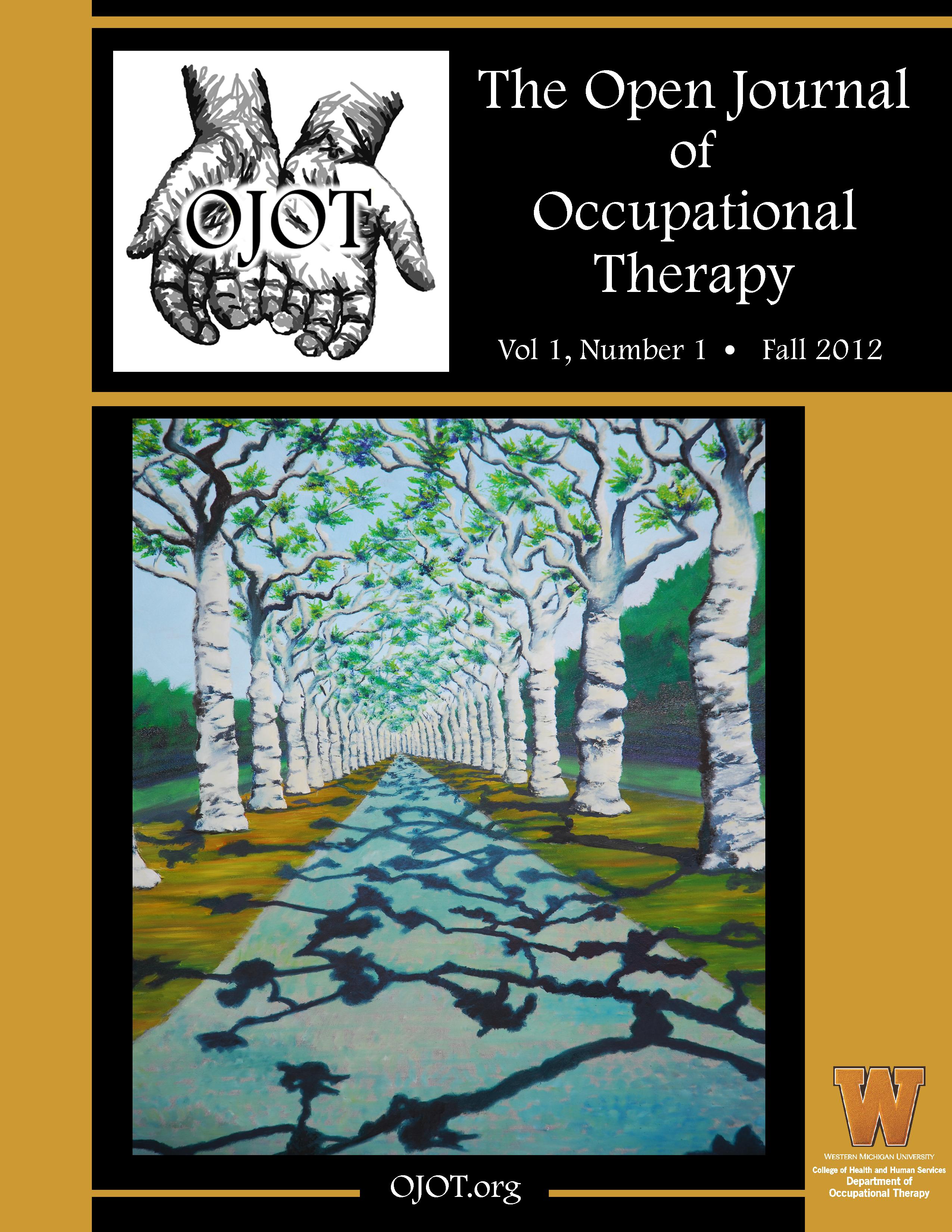ScholarWorks > HHS > OT > OJOT > Vol. 9 > Iss. 2 (2021)
Credentials Display
Jaimie Estreet, OTD, MS, OTR/L, MHA, CLT, U.S.A.
Christine Privott, PhD, OTR/L, U.S.A.
Abstract
Background: The need for a more community-based occupational therapy approach to clients’ addiction recovery is supported by Killeen et al. (2015), who concluded that U.S. health care reform will require the delivery of substance use disorder (SUD) treatment by providers who specifically address addiction as a comorbidity. Stoffel (2013) argued this a few years earlier with a call to action for occupational therapists in behavioral health treatment and recovery. For this study, the Model of Human Occupation Screening Tool (MOHOST) was used to explore therapists’ perceptions of competence working with patients diagnosed with co-occurring SUDs. Prior research supports concepts of treatment and recovery for individuals with SUDs and opioid addictions; however, there is little research on the role of occupational therapy for clients with co-occurring SUDs.
Method: Data was collected and qualitatively analyzed from four participants in a large metropolitan area in the Northeast who were from multiple occupational therapy clinical settings. Semi-structured interviews were conducted and modeled on the MOHOST. The purpose of this qualitative instrumental case study design was to more fully understand the therapists’ perceptions of competence working with patients diagnosed with co-occurring SUDs.
Results: Emergent coding resulted in the discovery of three themes: the power of the MOHOST, urban city considerations, and on-the-job training. These themes reflect multiple practice settings and the novel use of the MOHOST with patients co-diagnosed with SUDs.
Conclusion: The results indicate that the participants came to realize the value of using the MOHOST, particularly in an urban practice area, to increase awareness of their own competence treating patients with co-occurring SUDs.
Recommended Citation
Estreet, J. K., & Privott, C. (2021). Understanding Therapists’ Perceptions of Co-Occurring Substance Use Disorders Using the Model of Human Occupation Screening Tool. The Open Journal of Occupational Therapy, 9(2), 1-8. https://doi.org/10.15453/2168-6408.1773



Comments
The authors report no potential conflicts of interest.